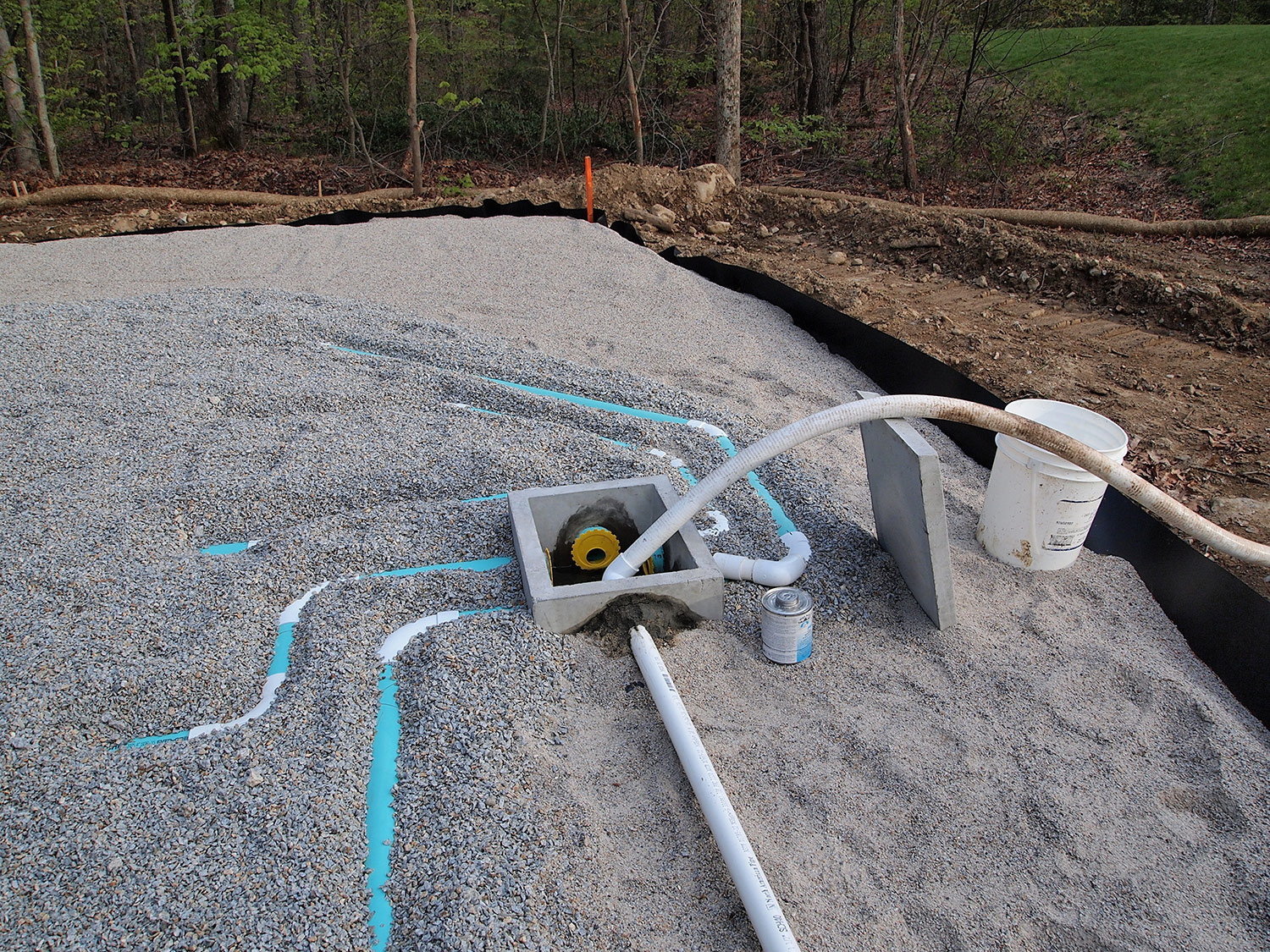
Q: I’m looking to buy a property that has an existing structure that hasn’t been used in 12-plus years. It has well and septic but the status and placement of the septic system is unknown.
Should I ask for a percentage test or deep-hole test prior to closing? Is there anything thing else I should consider as a contingency? The building was used as a business and residence previously.
A: A well-designed and maintained conventional septic system should provide 20 to 30 years of service before the drain field needs to be replaced. A lightly used system could last a lot longer.
There is no foolproof way to determine how many years of life you can expect from a functioning system, but a thorough inspection can determine whether the system is currently working properly. If not, you can identify what type of immediate repairs and improvements are needed to fix the system and bring it up to current standards. Since a complete new system can cost several thousand dollars, and an “alternative” system can cost over $20,000, hiring a professional to inspect the would be money well spent.
The first step is to find out as much as you can from the previous owner and the local health department. Ask:
- When was the system installed?
- Was the system properly designed, permitted, and inspected by the town or county?
- How often was the septic tank pumped?
- Does the health department have an “as-built” plan on file that would show the design and location of the components?
Also ask the local health department what type of inspection and/or upgrade might be required by the town upon transfer of title. Some jurisdictions require that all septic systems be brought up the current building codes when the property is sold. In some cases, this can mean building a new system from scratch. In that case, a perc test’ or “perk test and deep-hole test are in order to determine the soil conditions and seasonal high water table.
Assuming that the current system can be reused, your preliminary research will give you a better idea of the age and condition of the system, as well as its location on the site. A visual inspection of the site can sometimes identify obvious problems such as trees or traffic over the leach field or wet, smelly soil over a failed leach field. However, a system no used for 12 years would not provide such obvious clues.
A professional inspector can examine the septic tank for leakage of groundwater into the tank or leakage out of the tank, both of which can cause problems. If a 12-year-old tank is filled to the top, it may signal leakage from the exterior. If it is bone dry, it may indicate leakage out from the bottom.
Steel tanks, in particular, are vulnerable due to damage from rust. Lids can rust out creating a dangerous hazard. WARNING: Be especially careful when inspecting an old septic tank or cesspool as the cover can be rusted out or deteriorated and can collapse under your weight. Falling in can be fatal.
Other steel components, such as baffles, can be inspected for rust. The inspector may also recommend excavating and examining the distribution box. The septic tank, distribution box, and piping between components may have shifted over the years and pipes may have broken loose leading to leakage of untreated effluent into the soil. A thorough inspection can identify these problems.
Finally, a loading and dye test might be useful, but these tests are less reliable for an system that has been unused for a year or more. Since the soil around and under the leach pits has had time to dry out, it many readily absorb the dyed water during the test, but the system may fail once the leach field is active again. However, the test can provide critical information about blockages from roots or broken or disconnected pipes.
For more information, contact Morse Engineering and Construction.
Source: buildingadvisor.com
